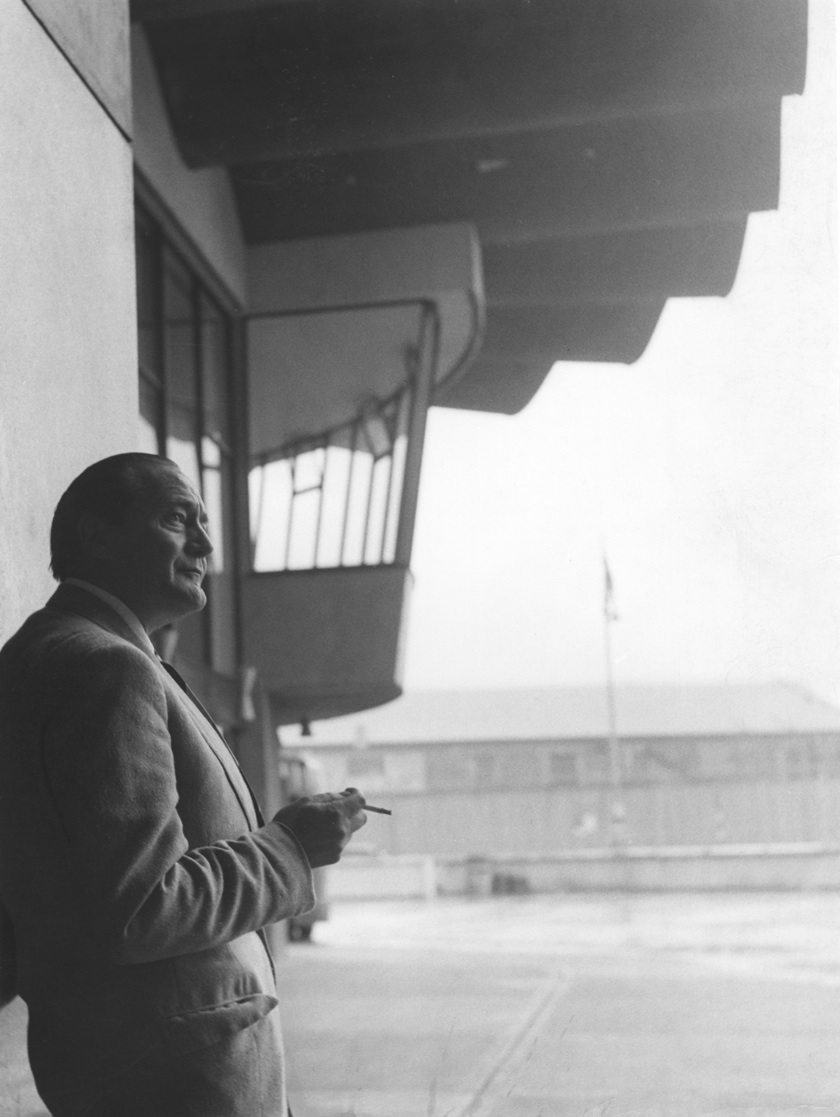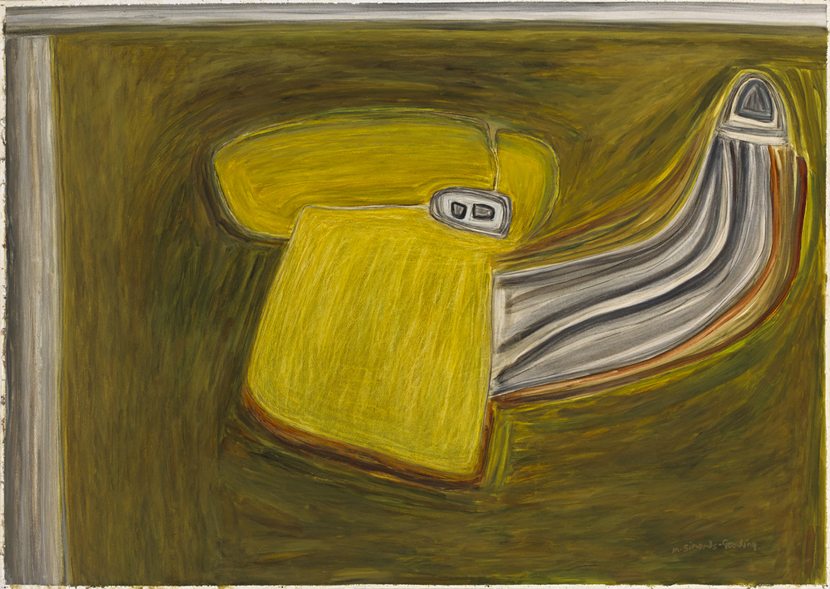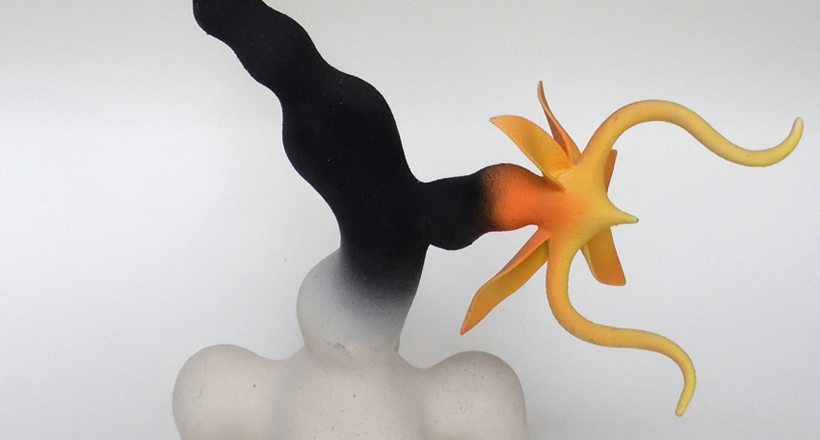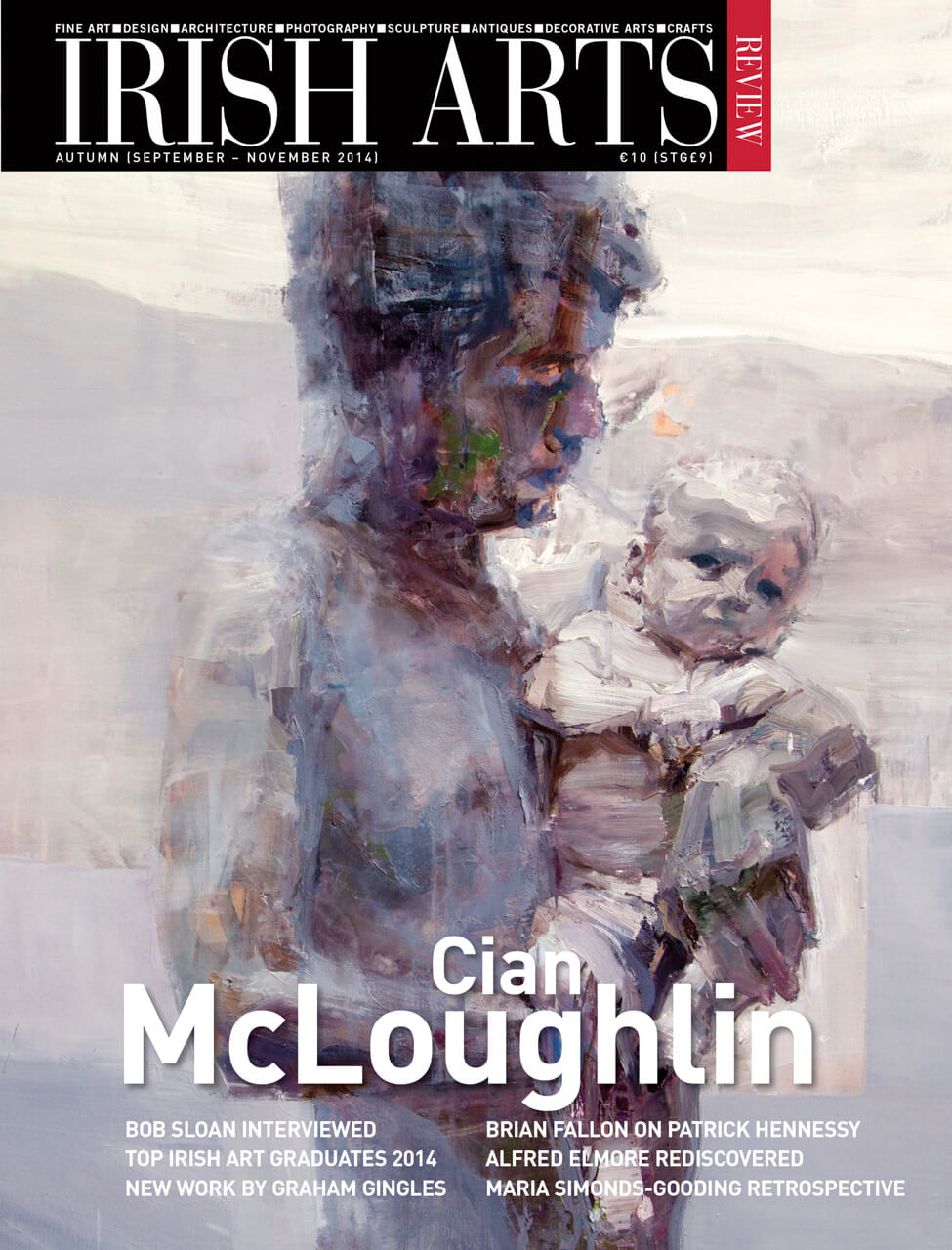
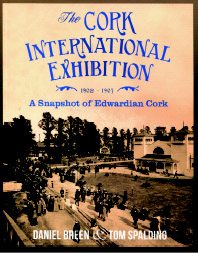
DANIEL BREEN & TOM SPALDING
Irish Academic Press, 2014
pp 320 fully illustrated with
pull-out section p/b
€24.95 ISBN: 978-0-7165-3231-6
Joseph McBrinn
The abundance of ambitious industrial and international exhibitions that took place all over this island in the 19th or 20th centuries, for so long underplayed in Irish historiography as mere examples of ‘colonial mimicry‚’, are now better understood as a crucial element in unravelling the complex relationship between politics and popular culture in modern Ireland. Following the publication of Brian Siggins‚’ The Great White Fair: The Herbert Park Exhibition of 1907 (2007), and Stephanie Rains‚’ Commodity Culture and Social Class in Dublin 1850-1916 (2010), Daniel Breen and Tom Spalding’s The Cork International Exhibition 1902-1903 offers a further tantalizing glimpse into Ireland’s place in the international exhibition movement.
Breen and Spalding convincingly argue that Cork’s 1902 International Exhibition was a turning point in Irish national displays in which previously more ‘primary exhibitors were retailers, rather than manufacturers‚’ as at Cork ‘the majority (seventy-two per cent) of the c. 320 Irish exhibitors‚’ were, in fact, ‘the makers of some, or all, of their merchandise‚’ (p 221). In a series of ten chapters Breen and Spalding explore, in considerable detail, issues such as the origin and impetus of the Cork exhibition, its architecture, industrial, educational and fine art displays, the organization of its tourism, royal visits, amusements, entertainments and sport – establishing exactly why from May to November 1902 it attracted 1.8 million visitors. They also touch upon issues such as Victorian liberalism, design reform, philanthropy, imperialism, and urbanization and highlight uniquely Irish points such as the founding of an Irish trademark (the Made in Ireland/Déanta i n√âirinn symbol).
Using a wealth of records as well as published reports in newspapers, and despite the ‘lack of official documentation‚’ (p 125), they create a highly evocative, and remarkably visual, picture of the exhibition’s realization, context, achievement and legacy. They are especially strong on the wider socio-political context and suggest that interpreting the exhibition, in its trifurcation of unionism, nationalism and capitalism, as nothing more than an unproblematic manifestation of ‘cultural nationalism‚’ is a gross oversimplification (p 93). Expertly researched, deftly written and beautifully produced this book is a worthy addition to the growing body of literature on Irish design history.
Joseph McBrinn is a lecturer in design history at Belfast

